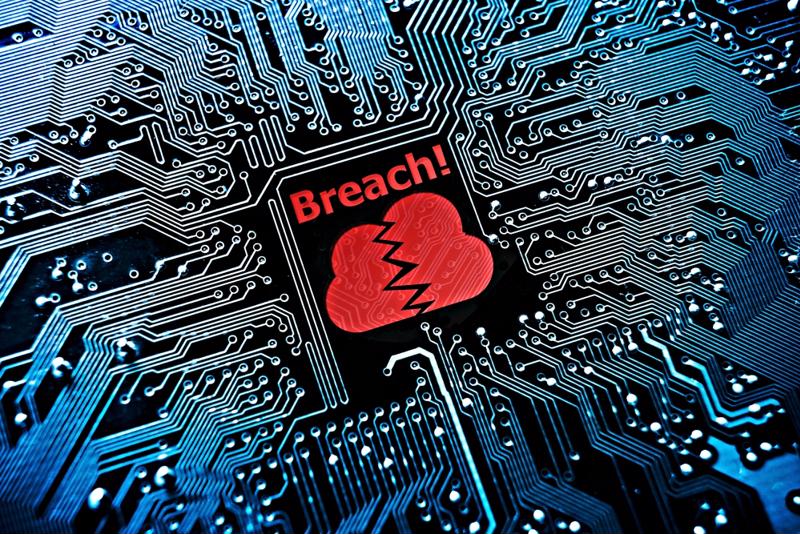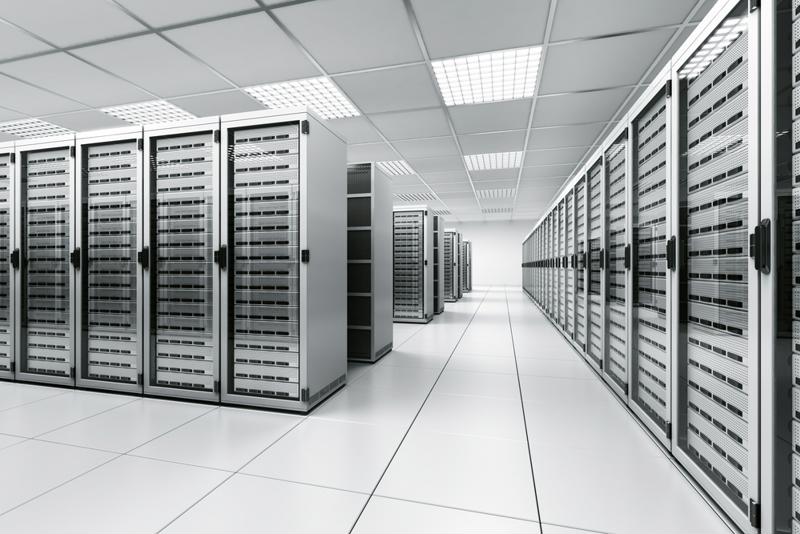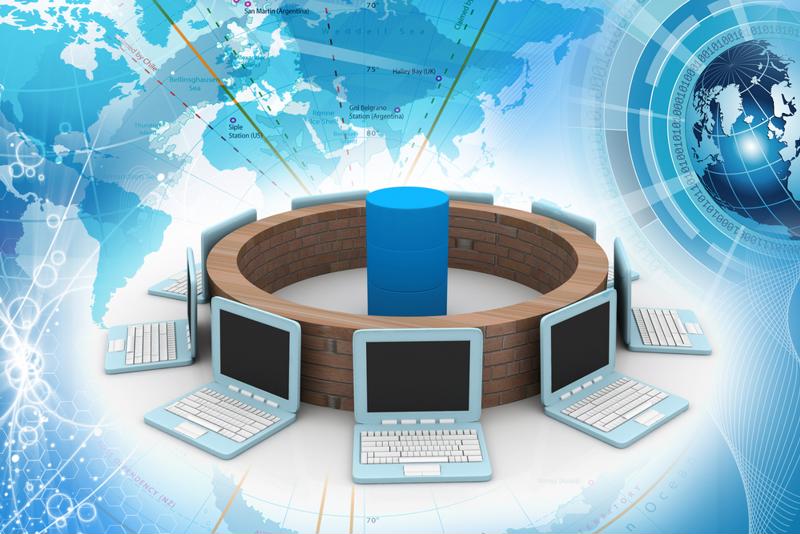Data Madness: Physical and digital, ensuring that critical data stays safe
With March winding down, it is important to remember the significance of confidential corporate information. Data has been called the new oil, however, as Business Insider pointed out, this is not a great comparison. Unlike oil, more data does not intrinsically mean greater value. The nature of this information greatly matters.
So really, data is more like sediment. Some bits are just pebbles – numerous beyond count and basically interchangeable. However, certain information – like say personal identification information and dedicated analytical data – is immensely valuable. These are the gemstones, the gold, and this data must be protected.
To avoid data madness, or the immense financial and irreparable damage done by lost confidential information, follow these tips to safeguard valuable data:
"Around 23 percent of IT thefts occur in office."
Securing physical data
While many organizations worry about theft from cars, airports or other public places – not enough information is paid to a real danger: the office. According to a Kensington report, 23 percent of IT thefts occur in office. This is nearly 10 percent higher than hotels and airports.
The same report found that over a third of IT personal have no physical protection in place to prevent hardware from being stolen. Only 20 percent used locks to protect hard drives.
While organizations worry about small devices like wearables and smartphones, basic security cannot be overlooked. Companies must take steps to ensure that only employees or approved guests have access to the premises. Even then, not every worker needs universal access. Server rooms and hardware storage should be kept behind additional locks.
IT teams should also be required to keep a thorough inventory of all network-enabled data devices. This will alert the organization quickly should a theft occur. While cybersecurity grabs headlines – the importance of a good, strong physical lock cannot be overstated.
Malicious third parties are not above using simple and primitive tactics.
Protecting digital data
While physical protection is essential, cybersecurity is rising in importance. Gemalto data states that, since 2013, more than 9 billion digital records have been stolen, misplaced or simply erased without authorization. More troubling is the recent increases in data loss. Gemalto also recorded a steady rise data breach occurrence and a dramatic uptick in misplaced or stolen information.
Cybercriminals adapt quickly and their tools are constantly evolving. Deloitte released a report chronicling the increasing tenacity and sophistication of ransomware, a disturbing cyberattack that strips away essential data access from organizations and charges them to get it back. Infamous attacks like WannaCry made headlines last year and unfortunately these incidents are expected to become more common.
When enhancing cybersecurity, take a company-wide approach. Every employee with network access needs to be educated on basic risks. Network administrators should also structure internet connectivity to run on the principle of least privilege. As with the physical server room, not every employee needs access to every file. Permissions should be given sparingly.
Lastly, businesses need a concrete plan if and when a data breach do occur so that they may respond efficiently and swiftly to contain the attack.

The Cloud Advantage
One of the reasons that cloud services are so popular is that they alleviate certain cybersecurity concerns. Many businesses, especially smaller organizations, have budget restrictions, whereas a cloud services provider like Microsoft annually invests $1 billion in cybersecurity, according to Reuters.
Handing off information security concerns to a trusted organization with more resources is a way to help safeguard your data, backing it up so that it will never be lost or stolen by a malicious third party.



 Servers need dedicated, environmentally-controlled space in order to function at peak levels.
Servers need dedicated, environmentally-controlled space in order to function at peak levels. Storing data in multiple sites ensures that it lasts longer.
Storing data in multiple sites ensures that it lasts longer.
 Cloud services providers are rushing to diversify their solutions to serve a variety of clients. Security measures are still catching up to this design choice.
Cloud services providers are rushing to diversify their solutions to serve a variety of clients. Security measures are still catching up to this design choice.

